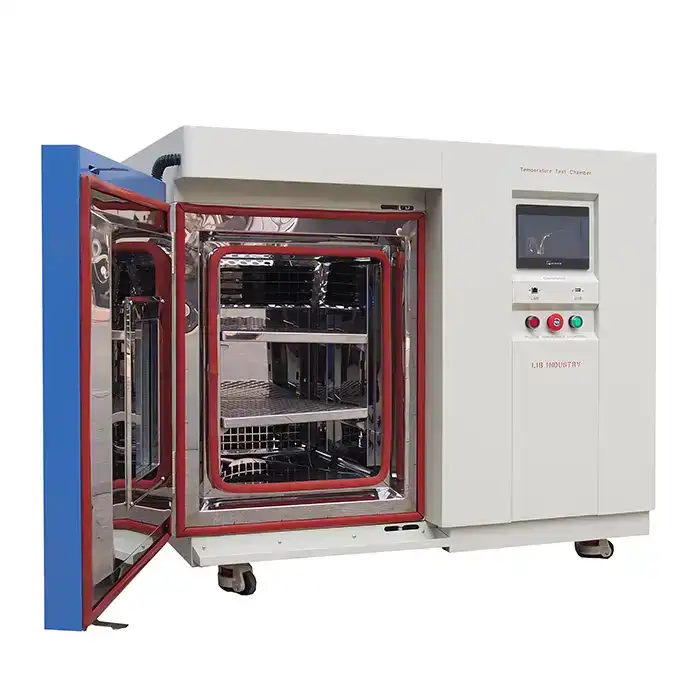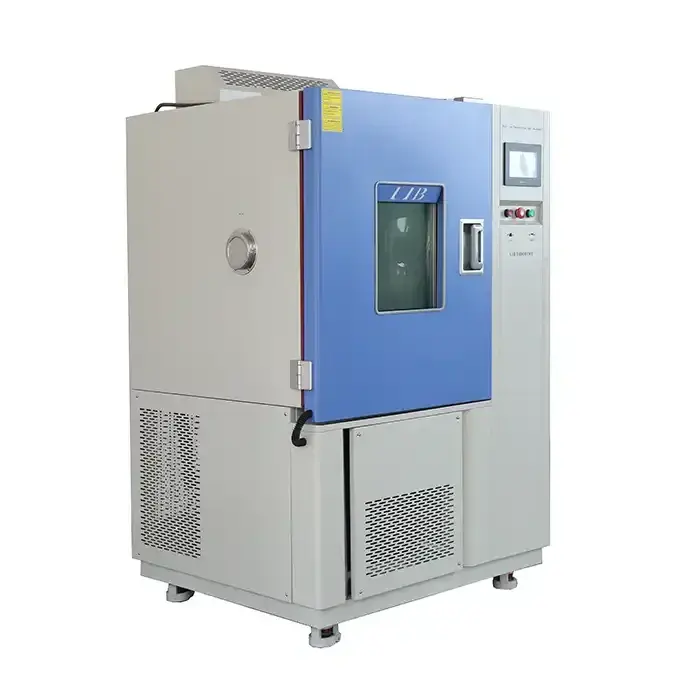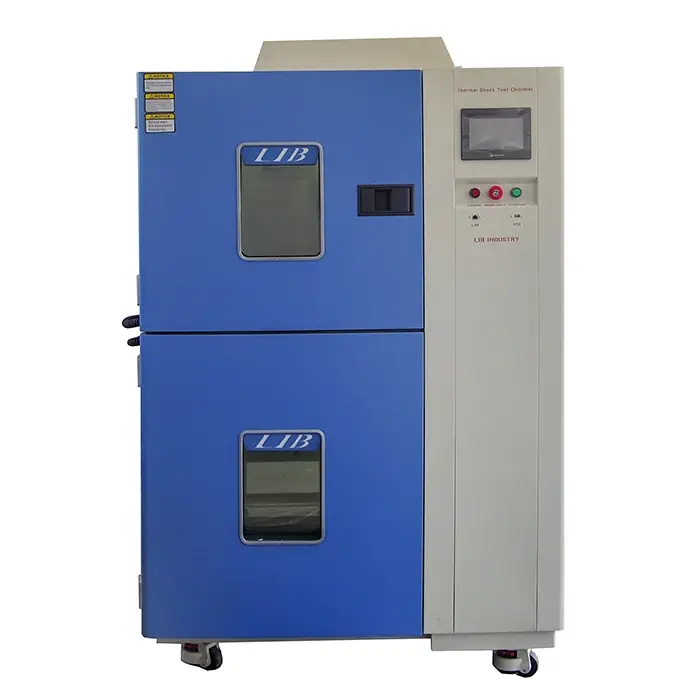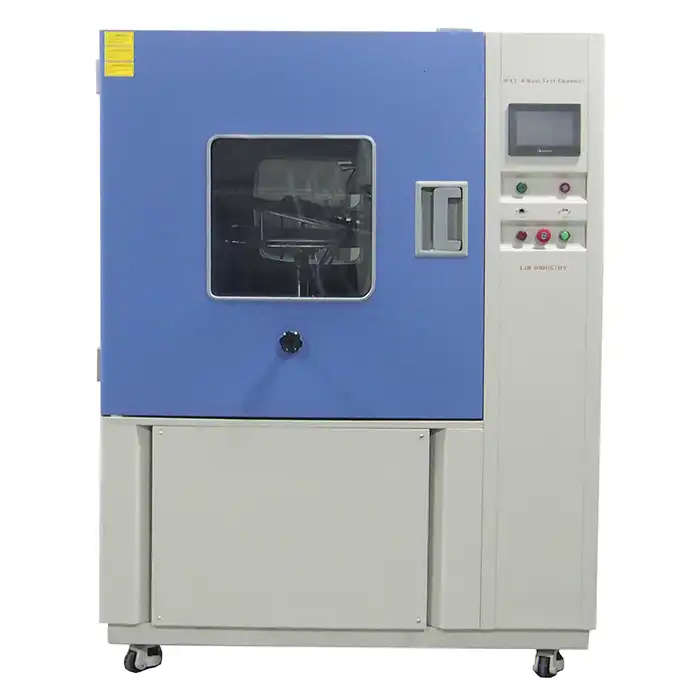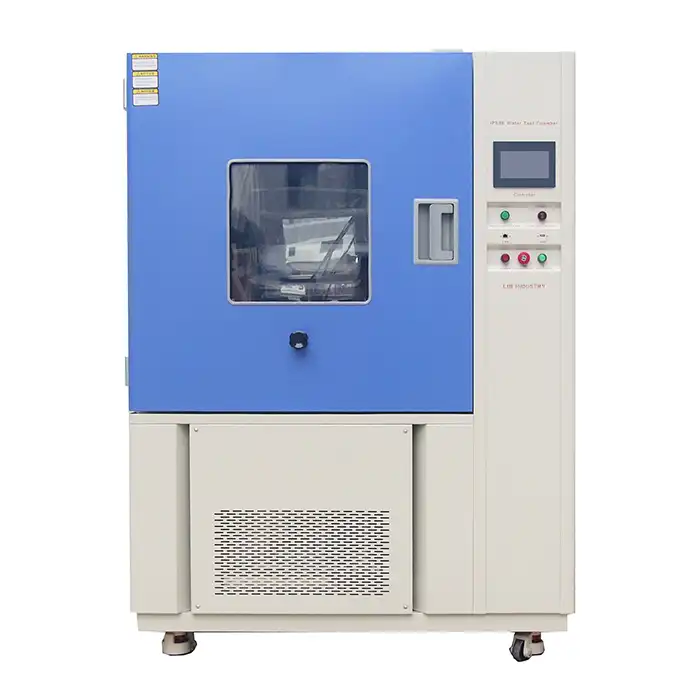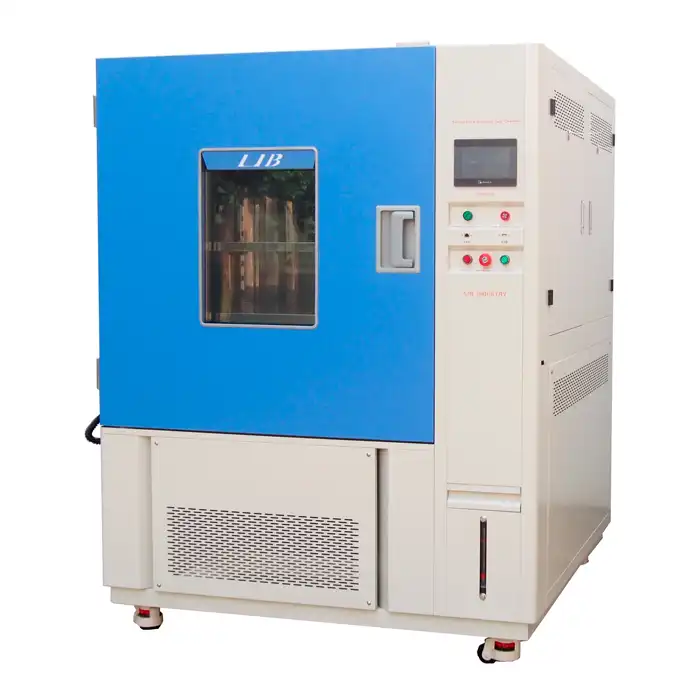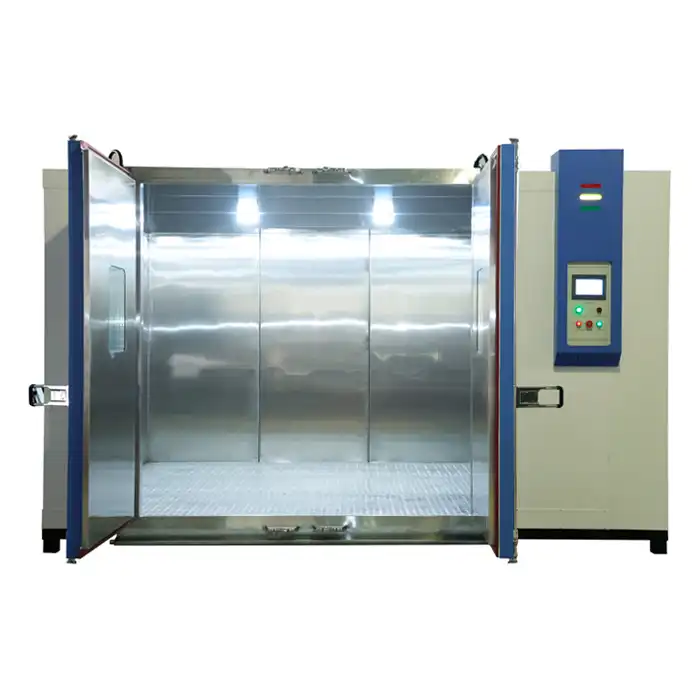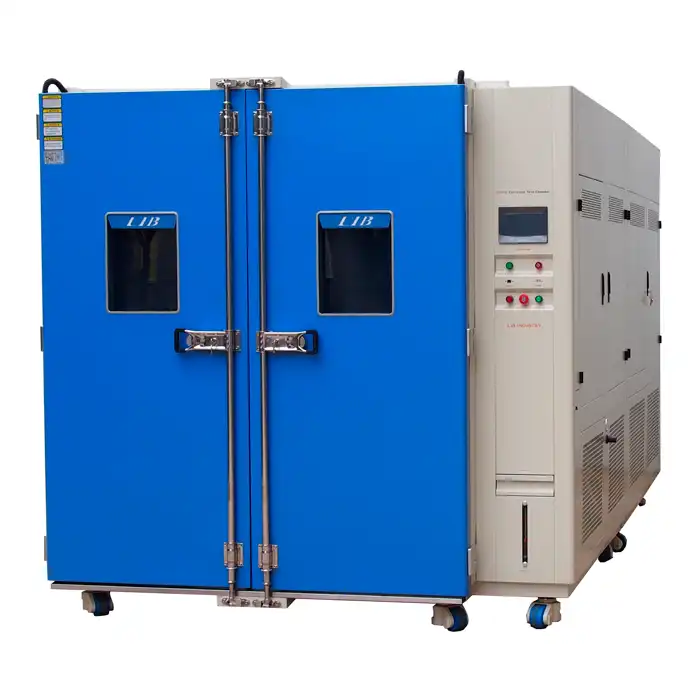How do you control temperature and humidity in a chamber?
How do you control temperature and humidity in a chamber?
In the field of ecological testing, exact temperature and stickiness control is totally vital for various applications, including the improvement of gadgets, material testing, and natural exploration. Temperature cycling chambers are essential to achieving this control because they are crucial in evaluating the dependability and durability of products and materials under simulated environmental conditions.
The temperature changes that are controlled in these temperature humidity chamber permit them to work. This system depends on true circumstances in which items are exposed to different temperatures, from very low to high, and back once more. By replicating these conditions, manufacturers and researchers can examine how products and materials respond to thermal stress over time.
Complex temperature control systems are installed in the rooms, allowing for precise monitoring of temperature levels at various stages of the cycle, as well as precise changes in warming and cooling rates. This guarantees that the testing conditions accurately reflect the environmental challenges that the products will face during their operational lifespan.
Temperature cycling chambers are necessary for a number of reasons, including:
Product Dependability: They assist in identifying potential defects in components and materials that could lead to disappointment in the face of shifting environmental conditions.
Quality Control: By subjecting their products to rigorous temperature cycles, manufacturers can ensure that they meet quality standards and specifications before putting them on the market.
Work that is novel: Researchers use these chambers to study how materials behave under different thermal conditions, which helps develop products.
Controlling humidity is also essential in some applications, like testing electronics for resistance to moisture or conducting research on biological systems. To provide complete natural reproduction, high-level chambers may include stickiness control frameworks and temperature control.
All in all, temperature cycling chambers are fundamental devices for ecological testing since they consider exact temperature control, considering the assessment of item reliability and strength in various enterprises. The ability of materials and products to simulate realistic environmental stressors ensures their performance under a variety of operational conditions, ultimately enhancing quality, performance, and customer satisfaction.
Understanding Temperature Cycling Chambers
Temperature cycling temperature humidity chamber, also known as environmental chambers, are sophisticated devices designed to replicate and regulate environmental variables like humidity and temperature. The role that these chambers play in simulating the real-world conditions that materials or products might encounter during their lifecycle is crucial. Manufacturers and researchers can anticipate and evaluate these products' performance and durability under a variety of stress conditions thanks to this capability.
Businesses going from hardware to drugs vigorously depend on temperature cycling chambers to lead extensive testing. Products are subjected to precisely controlled temperature cycles in these chambers, ranging from extreme cold to intense heat and back again. Engineers and researchers can evaluate crucial aspects like thermal expansion and contraction and the effects of temperature gradients on materials and components in these controlled environments.
Temperature cycling chambers are essential for electronics because they verify the dependability of electronic components, semiconductors, and circuit boards exposed to varying temperatures. This testing helps make sure that electronic devices work and work right no matter what the environment is like.
Under controlled conditions of temperature and humidity, these chambers are used in pharmaceutical and biological research to investigate the stability and degradation of drugs, vaccines, and biological samples. Such testing is necessary to guarantee the safety and efficacy of pharmaceutical products during transport and storage.
The plan and activity of temperature cycling chambers include refined temperature control frameworks that exactly manage warming, cooling, and abide times at determined temperatures. These chambers may also include humidity control systems for simulating additional environmental factors that may affect product performance.
In conclusion, temperature cycling chambers are essential tools for industries everywhere because they make it easier to conduct stringent tests to verify the dependability, performance limits, and resistance to stress from the environment of a product. These chambers allow researchers and manufacturers to improve product quality, optimize designs, and ensure compliance with regulatory standards by simulating and controlling temperature variations. In the end, this improves consumer confidence and satisfaction.
Key Components and Mechanisms
At the heart of a temperature cyclingtemperature humidity chamber are its components that ensure precise control and monitoring:
Temperature Control Systems: These chambers employ advanced heating and cooling systems that can rapidly adjust internal temperatures. This capability is crucial for simulating rapid changes in environmental conditions that products might face.
Humidity Control: Some chambers also feature humidity control systems, which regulate the moisture content in the air within the chamber. This is particularly important for materials that are sensitive to moisture, such as certain types of chemicals or electronics.
Sensors and Monitoring: Integrated sensors continuously monitor the chamber's internal conditions. This data is crucial for maintaining uniformity and consistency during testing.
Applications and Importance
The applications of temperature cycling chambers are diverse and vital across several industries:
Electronics Testing: Semiconductor devices and electronic components must function reliably across a range of temperatures. Testing in a temperature cycling chamber helps identify potential weaknesses and ensures durability.
Pharmaceutical Stability Testing: Medications and vaccines can be sensitive to temperature variations. Chambers help pharmaceutical companies verify product stability under different environmental conditions.
Material Testing: From automotive parts to building materials, understanding how materials respond to temperature changes is critical for ensuring safety and longevity.
Control Strategies and Optimization
Effectively controlling temperature and humidity in these chambers requires a combination of precise engineering and sophisticated software algorithms:
Programmable Cycles: Chambers can be programmed to follow specific temperature and humidity cycles that simulate real-world conditions.
Uniformity and Stability: Ensuring uniformity across the chamber space is crucial. Modern chambers are designed with airflow systems and calibration protocols to maintain consistent conditions throughout.
Energy Efficiency: There is also a focus on optimizing energy use, especially in chambers that operate continuously. Energy-efficient designs help reduce operational costs without compromising testing integrity.
Future Trends and Innovations
As technology advances, temperature cycling temperature humidity chamber continue to evolve:
IoT Integration: Integration with the Internet of Things (IoT) allows for remote monitoring and control, enhancing convenience and accessibility for users.
Enhanced Simulation Capabilities: Chambers are becoming more sophisticated in simulating complex environmental conditions, including altitude and specific geographic climates.
Customization and Flexibility: Manufacturers are increasingly offering chambers that can be tailored to specific industry needs, ensuring they meet unique testing requirements.
Conclusion
In conclusion, temperature cycling temperature humidity chamber are indispensable tools for industries that rely on precise environmental testing. By accurately simulating and controlling temperature and humidity conditions, these chambers enable engineers and researchers to validate product performance, enhance reliability, and ultimately deliver higher quality products to consumers. Understanding the mechanics behind these chambers helps appreciate their role in innovation and quality assurance across various sectors.
For more insights into temperature cycling chambers and their applications, feel free to reach out to us at info@libtestchamber.com. We're here to help you navigate the world of environmental testing with expertise and precision.



